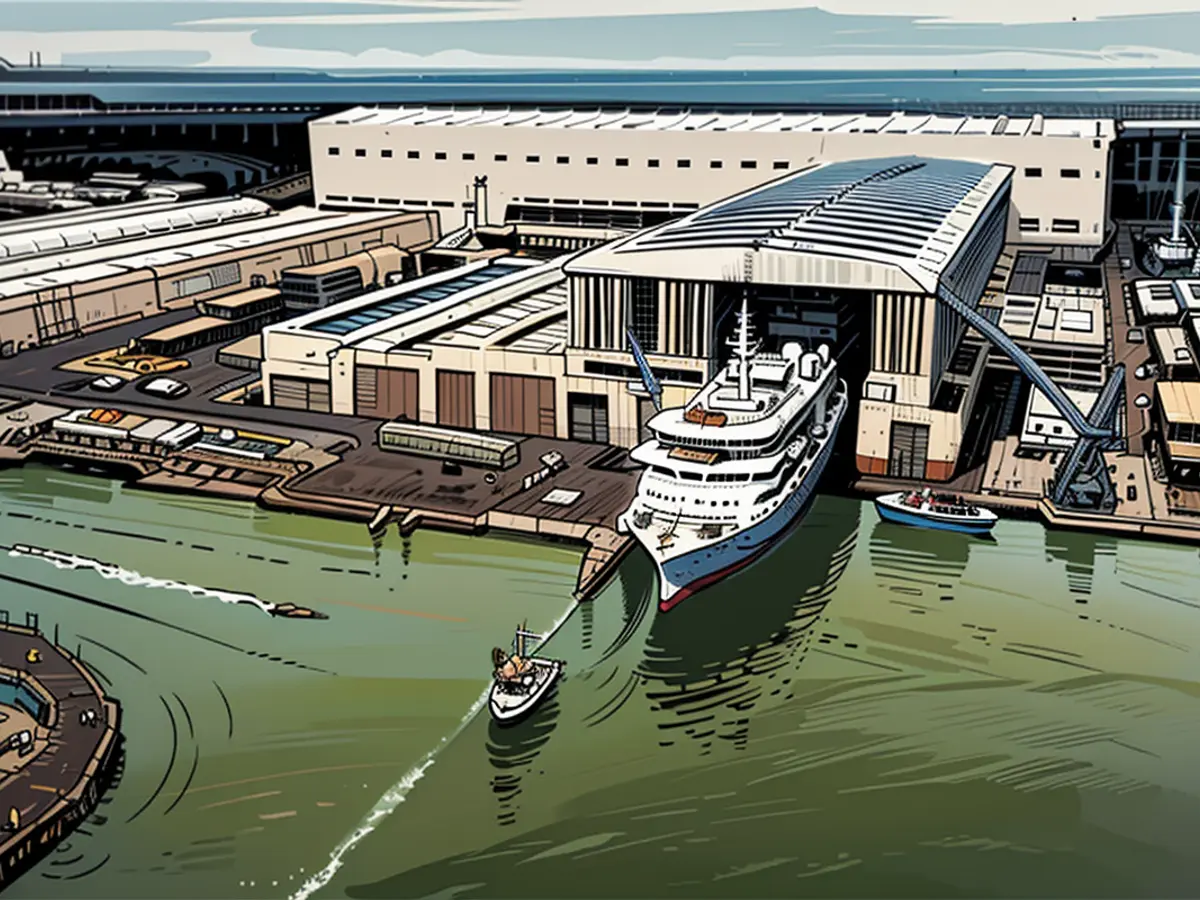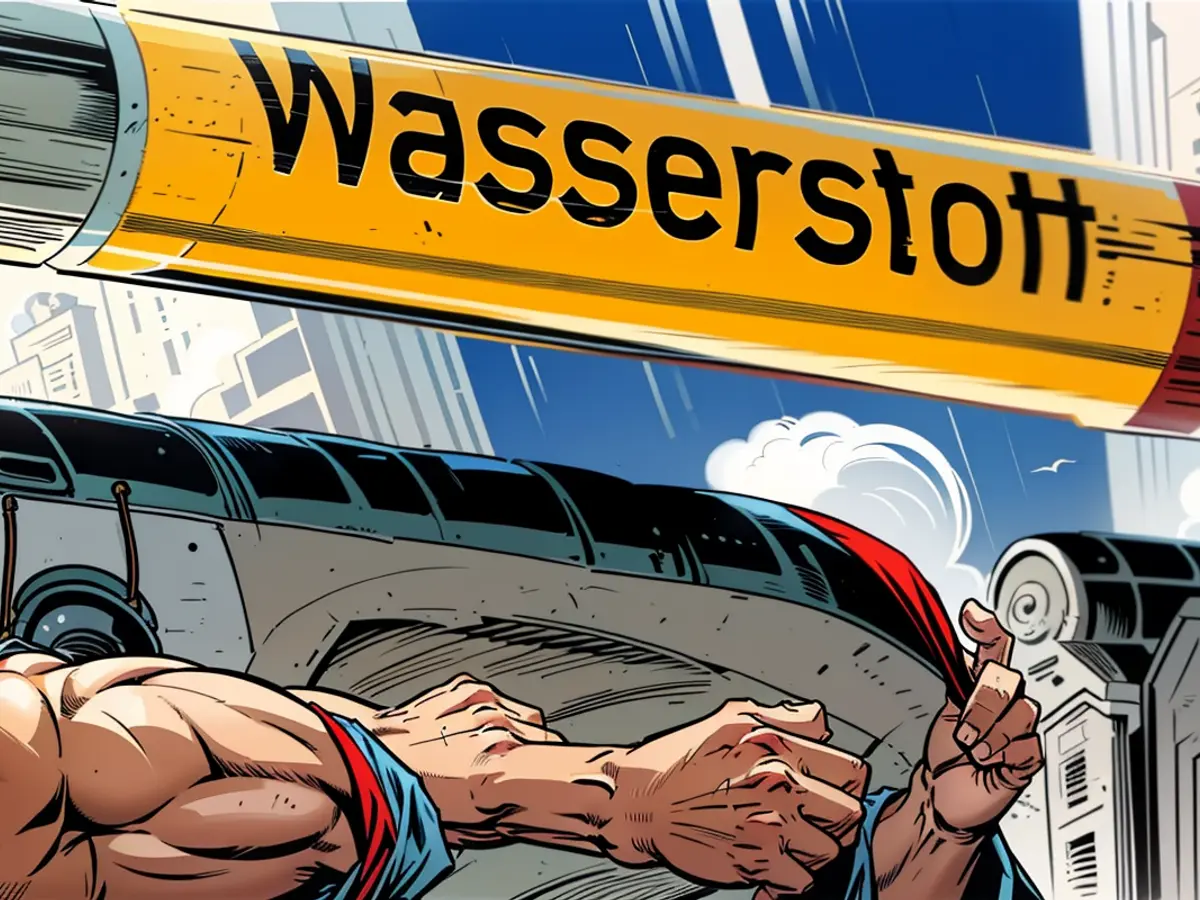Shipbuilding Boom and Bust: An Unpredictable Dance in Northern Germany
The Northern German shipbuilding sector swings between prosperity and struggle, according to labor committees. Stefan Timm from the Agency for Structural and Personnel Development, which conducted the annual survey, likens it to a precarious tightrope walk. "We're teetering on the edge between full capacity utilization that could stretch out to 2032/2035 for some, while others are left with bare order lists," he stated.
The growth in permanent shipyard workers is promising, with a 5.3% increase from 15,824 employees in 2024 to the current number. Bremen, Mecklenburg-Vorpommern, and Lower Saxony saw a rise between 7.2% and 7.5%, while Hamburg and Schleswig-Holstein experienced increases of 5.9% and 1.1%, respectively.
However, the optimism is dampened by the lack of orders at some shipyards. Heiko Messerschmidt, IG Metall's representative for shipbuilding, calls out FSG-Nobiskrug Holding, stating, "Workers are mowing lawns—and that's not the job they signed up for as shipbuilders."
Shipyard utilization levels vary widely, with a sector-wide average of 85.9%. While half of the shipyards boast full capacity, Windhorst shipyards report utilization rates of 10% or less. Around 33% anticipate an employment boost within the next year, while 22% fear job cuts.
The rise in temporary workers and contract labor worries IG Metall, as they view these employment relationships as unstable and poorly regulated.
Skills gap and a historically low training ratio are causes for concern. IG Metall bemoans the low training quota of just 5.2%, with many businesses struggling to fill training slots. Daniel Friedrich, district leader of IG Metall Coast, emphasizes the importance of the industry, calling it essential to Germany's energy supply, commerce, and security.
As the future of shipbuilding unfolds, IG Metall has expressed concerns about the industry's reliance on China. They advocate for policies that encourage local production, advocating for projects such as constructing converter platforms for offshore wind farms, installation ships, or marine projects.
The shipbuilding industry is not only critical to Northern Germany's economy but also to Germany as a whole. It represents a significant portion of GDP (26.8%) and employs 27% of the country's workforce, with manufacturing activities accounting for about 19% of GDP. The sector faces challenges such as skills shortages and the need for eco-friendly and digital technologies.
*Read also: * * * *
Insights: - German shipbuilding dominates the European market and is expected to remain so. - The industrial sector accounts for around 26.8% of GDP and employs 27% of the country’s workforce. - Challenges such as skills shortages and the transition to electric vehicles are expected in the auto industry. - German ports are heavily investing in green technologies, such as shore power facilities and hydrogen-powered cranes, to reduce emissions.








